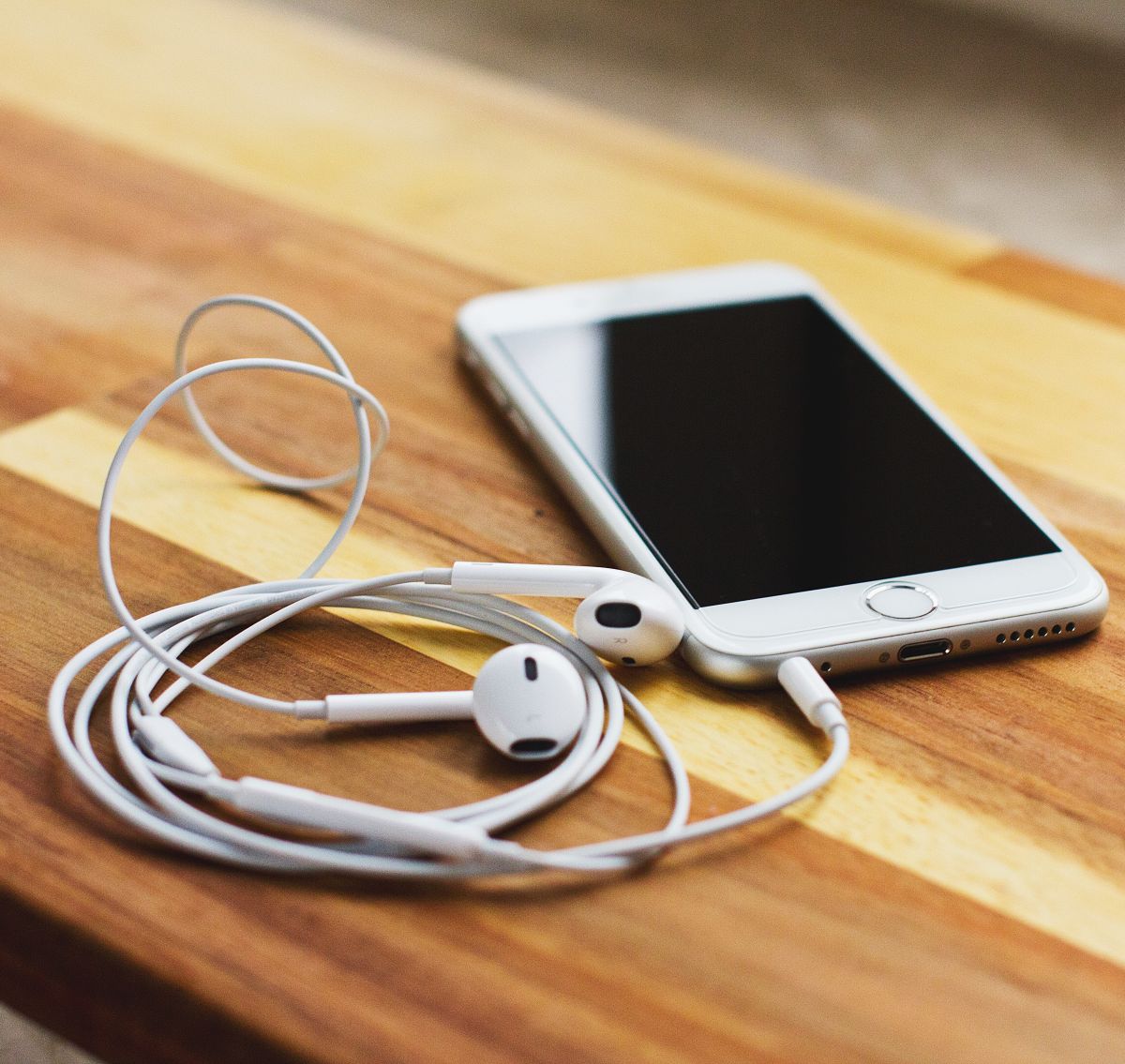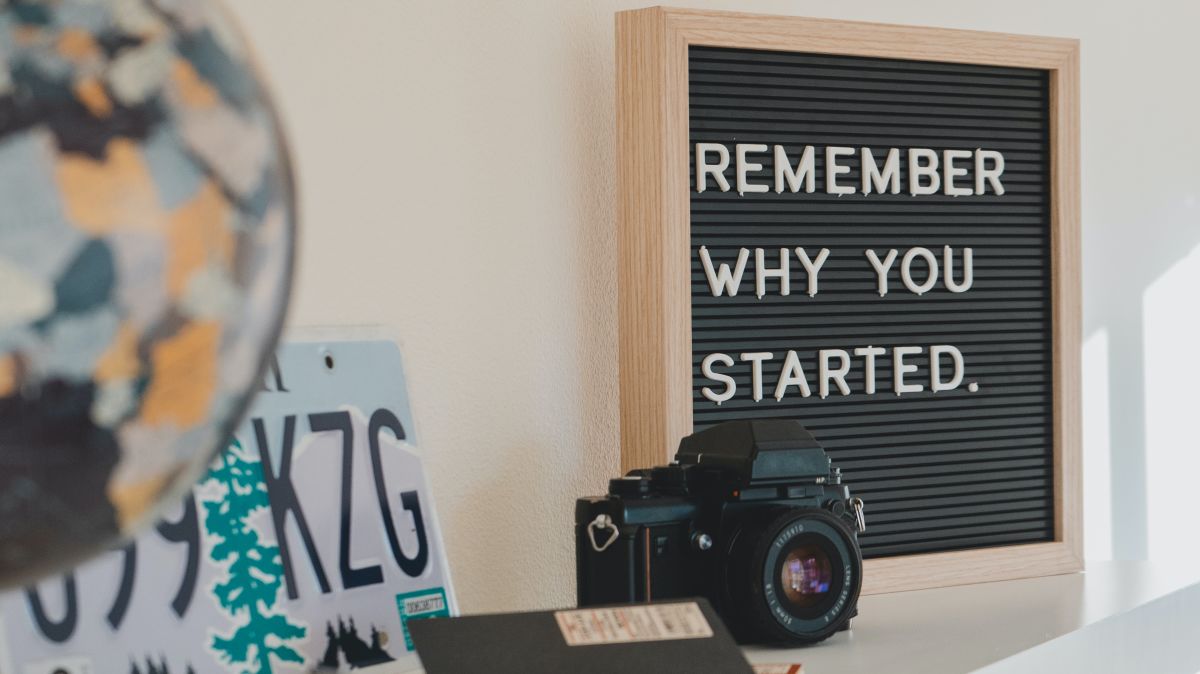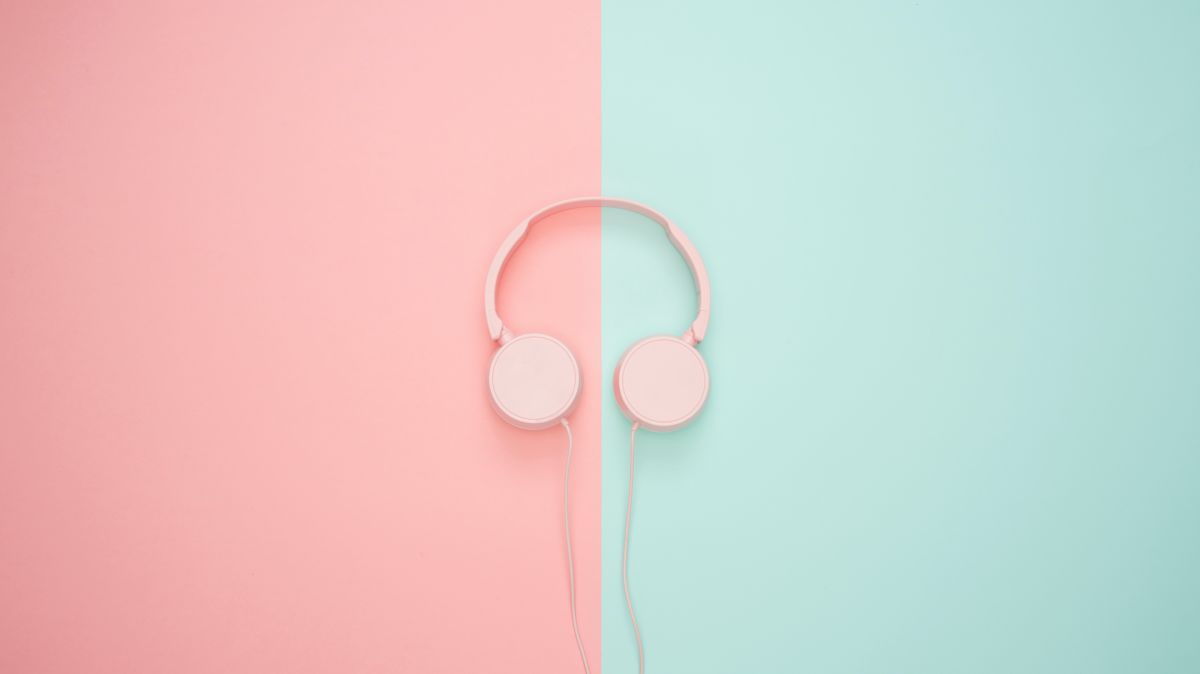Distraction

Various types of mental, physical, auditory, and visual distractions (coping techniques) can be powerful tools in the management of constant nausea, especially when eating, drinking, or medication only partially relieves symptoms – or not at all.
Many women still need to implement lifestyle changes to make it through the day, sometimes minute-to-minute. While almost any activity or hobby can work, higher degrees of severity present different challenges.
Some women can actively distract themselves through reading, watching a movie, or browsing the Internet, while others need to find mental distractions while they lie down motionless fighting intense waves of nausea.
Women should keep an open mind, try different strategies, and try not to get frustrated. Nausea/vomiting are punishing symptoms, can take a serious physical and mental toll, and can make women give up on trying anything new.
However, keeping busy and staying distracted can help make some of those minutes, hours, and days slightly more bearable, and we welcome any and all feedback to help grow this page (e-mail us at nvp@allsourcepregnancy.com).
Background
Women with NVP spend a lot of time trying to learn how to best consume calories and fluids to avoid dehydration, electrolyte imbalances, and keep themselves out of the emergency department. However – even when women are eating and drinking enough to prevent complications, it is very likely nausea/vomiting are still present.
Even when women eat and drink what they can, take vitamins and medications, and get plenty of rest, there is no guarantee symptoms will be relieved enough to be tolerable.
Women with cyclical and persistent NVP need to find a way to pass the time, keep themselves busy, stay distracted, and get through each day – sometimes minute-by-minute.
Women should remember that constant nausea is not their life – it is just their life right now. But if they have certain tools available to help them focus less on symptoms and more on another activity, those tools may help them get through this tougher time frame a little easier.
Mental Distraction
It can be very difficult for women to think about anything else when they are simply fighting to avoid vomiting. Trying to take the mind off nausea to focus on something else can feel impossible. However, this may be a powerful, calming technique to get through intense, brief nausea waves that could prevent episodes of vomiting.
Baby: Women can consider baby names, hospital bag items, nursery design/paint colors; women should visualize themselves with their baby, realizing they will hold their baby at some point and remember this part of their pregnancy and how they were able to get through it.
Count: Women can count things around the room (light switches, how many items in the room are the color brown, stitches in a blanket or pillow, etc.).
Different place: Women can mentally put themselves in a different place (beach, holding their baby, Christmas time, under the stars) and compliment this with music and aromatherapy.
Lists: Women should think about everything needed before their due date; this can greatly improve the moods of some women as it can build excitement and remind them of why they are experiencing NVP in the first place (however – this may also stress out other women who may get overwhelmed).
Lyrics: Women can try to sing a full song in their heads, to include remembering all the correct lyrics from beginning to end; one song can easily distract for 3 to 5 minutes.
Math: Women can try to come up with random two- or three- digit numbers and mentally add them together; they can do this over and over.
Meditation: Meditation, or learning to meditate may help women focus on other aspects of the present that do not include their physical symptoms; however, meditation is a skill, and some women can instead end up focusing on their symptoms. Women can learn about meditation (mindful.org), and determine for themselves if this is a technique they would like to try.
Quotes: Inspirational and motivational quotes can be helpful to read through, especially for a necessary pick up. If women really focus on what each quote is trying to represent, they can mentally remind themselves they can do this.

Venting: Women should have someone they can talk to about how they are feeling and the frustrations they may be experiencing regarding NVP. Women are allowed to complain; it does not mean they are not grateful to be pregnant. Talking about the condition and its difficulties may be very cathartic, especially when speaking to another woman who has also experienced NVP.
Auditory
Audio Books: Women can download a favorite book or narrative voice, lie down, and listen to it.
Music is a powerful stress reliever and mental distraction technique, and there are numerous calming playlists available on various streaming services.
Binaural beats therapy is an emerging form of soundwave therapy in which the right and left ears listen to two slightly different frequency tones yet perceive the tone as one. Although studies are currently limited, some studies have shown different frequencies and exposures to binaural beats can lessen anxiety, improve sleep, reduce pain perception, and induce a meditative-like state.

A quick search of YouTube will reveal numerous videos that will play different beats. However, there are no large studies assessing the effect of binaural beats and different frequencies on nausea, as current studies have mostly focused on anxiety and other cognitive traits.
Visual
Autonomous Sensory Meridian Response (ASMR) videos: ASMR is a perceptual sensory activity, similar to meditation, and may be best described as a “tingling” sensation on the scalp and neck that creates a calming and relaxing physical state.
These feelings can be induced by either auditory or visual stimuli such as whispering, personal attention, or watching someone perform a task, such as brushing their hair, doing their makeup, putting together a puzzle, or watching someone paint or draw. These videos are very popular on YouTube and are designed to be watched in a quiet and calm environment.
ASMR is new in the research community, and no study has attempted to determine what happens in the body to elicit changes; however, ASMR appears to reduce stress, anxiety, and may relieve chronic pain.

Miscellaneous: If women are stuck in one room, such as the living room couch, bathroom, or bedroom for an extended period, women can ask their partner/support to help them provide positive visuals, such as photographs, inspirational quotes, flowers, or even their ultrasound photos or baby items.
Physical
Adult coloring books: have been shown to relief stress and improve mood; at least one study noted how they were helpful in distracting hospitalized patients.
Fidget spinner, legos, rubber band: Women can move a fidget spinner through their hands and fingers while focusing on breathing in through the nose and out through the mouth, counting each rotation to help control breathing. They can also take two small lego pieces, put them together, and take them apart over and over again or play with a rubber band.
Fresh air: women should find time to get fresh air, whether on the front porch, a deck chair, or front yard; even small, short walks can improve blood flow, digestion, and fatigue.
Reading can be a great option for women, however, looking down or seeing black and white may be bothersome for some others depending on triggers; women should consider turning down their backlight if using a device.
Knitting/Crocheting: while a good and quiet busy task, some women can find looking down and watching repetitive motions difficult; women should experiment and keep an open mind – some women may even decide to learn knitting if their symptoms allow.

Walking: Some women may find that walking (aimlessly) throughout their home staves off nausea; women should wear nonskid socks if they have tile or hard wood floors (and consider adding headphones/music to accompany this movement). Further, light walking has been identified to potentially help nausea and its related symptoms (read Physical Activity with NVP).
"Step Up"
If women have milder nausea, they can “step up” these distractions by:
Thinking about those same lists but now writing them down
Starting a journal – while writing about NVP experience may be cathartic for some, it may not necessarily be a distraction from the condition; others may want to write to their baby or write poetry/short stories
Downloading a bunch of free apps, games, videos, and music on any mobile device, to include painting, drawing, or puzzle apps
Purchasing painting materials and learn to paint with help from various apps and videos online
Learning to knit or crochet a baby hat or blanket
Downloading math sheets online or print them out
Playing video games
Websites
Social media reminder: While social media can be a helpful distraction, it can also be harmful; seeing pictures of happy pregnant women, people on trips, at parties, and enjoying the summer or holidays can make some women feel worse during this time.
“Distraction” websites include (no affiliation):
Action
Women should keep an open mind, try different strategies, and try not to get frustrated. Nausea/vomiting are punishing symptoms, can take a serious physical and mental toll, and can make women give up on trying anything new. However, keeping busy and staying distracted can help make some of those minutes, hours, and days slightly more bearable.
Women should remember to call their HCP anytime their symptoms become more than they can handle or cope with; HCPs can offer additional management techniques.
Women should also consider sharing their NVP experience below, especially if they used various distraction techniques to help manage their symptoms. Additional perspectives can be very valuable for other pregnant women currently experiencing moderate-to-severe NVP.
Partners/Support
Partners, family members, and friends can help women participate and engage in certain distraction techniques, and should support them in any method they want to try. Further, women may find it too difficult to make trips to the store (books, coloring books, supplies) or collect certain items.
Partners can make sure certain rooms of the house have all items women may want to use (devices, chargers, art supplies, books, pens, headphones, etc.). Women may not know what they want to use or what they may want to try until they are in the moment.
These tips may seem small, but they can make a big difference; if women can get distracted fast enough during nausea waves, they may be able to avoid vomiting. However, distraction may not have any affect on symptoms certain days, and distractions certainly do not cure symptoms, as NVP and HG are not psychological conditions. The point of distraction is just to help women focus on something other than their symptoms, to help them better mentally cope.
Resources
Alphabet of Coping Skills (Rutgers Health)